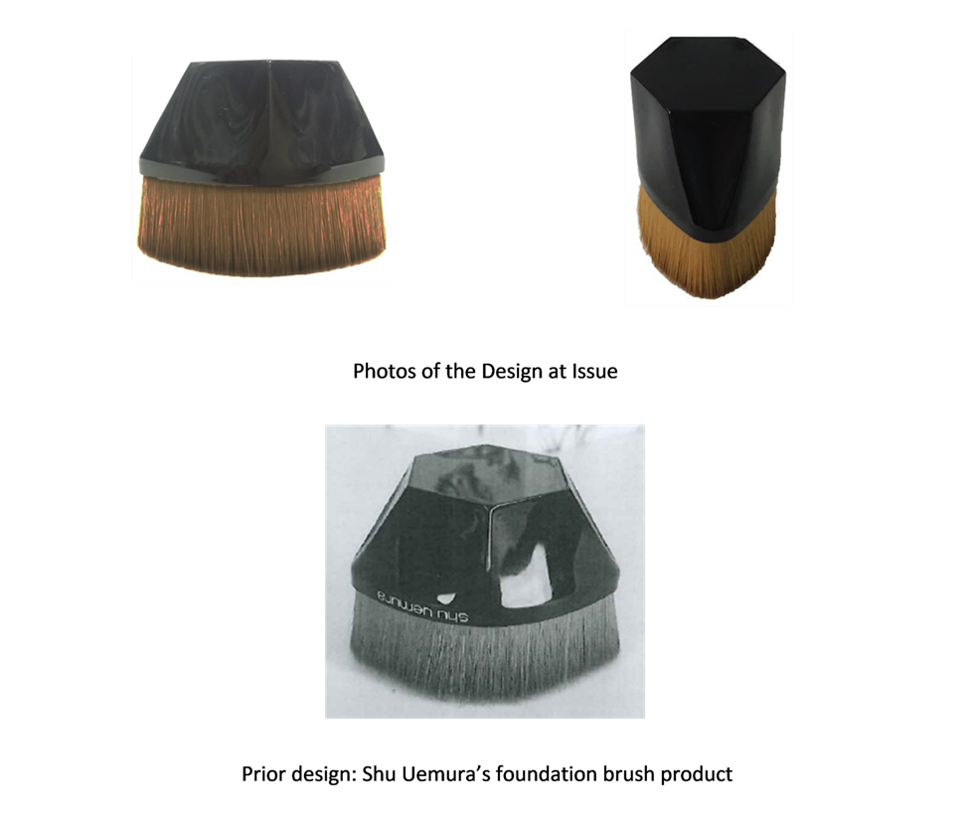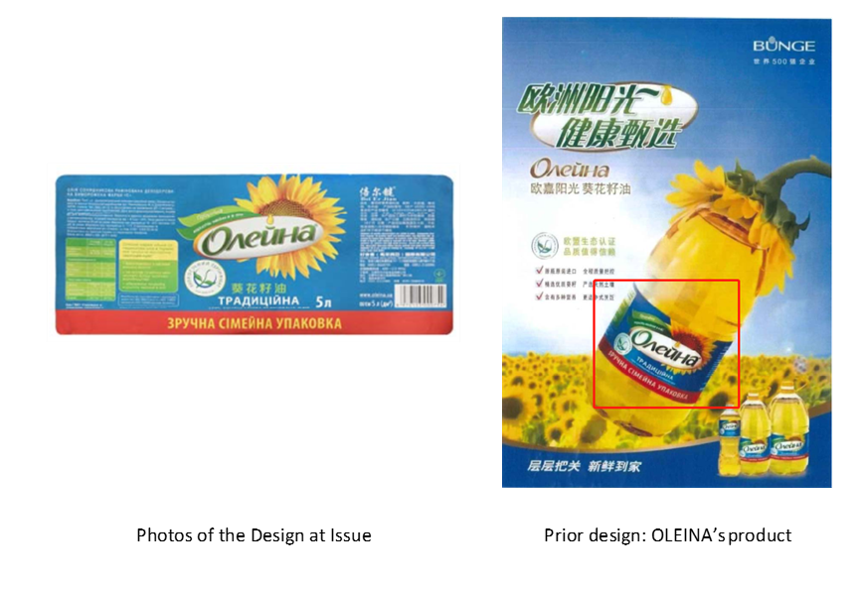Resources
Jul 20,2022
Newsletter n° 35 WHD Case: PT ∣ Fighting against Bad Faith Design Patent Filings in China
First published by IAM
Authored by Zheng Feng and Wu Sichun
In China, since design patent application does not go through substantive examination, a design filing will proceed to grant, as long as it satisfies the formality request of China National Intellectual Property Administration (“CNIPA”). Although CNIPA has issued on 11th March 2021 the “Measures on Regulating Patent Application Behavior” to address “abnormal patent filing”, bad faith design applications that have been granted patent right prior to the entry-into-force of the Measures will fall through the cracks and left unchecked, unless right holders initiate invalidation action of their own accord. Right holders that did not proactively register design patent for their new product in China could be put on a spot - when right holders are pondering taking legal action against the infringer producing similar products, the copycat design has already been preemptively registered by the infringer. Below are two living examples.
Shu Uemura, an international cosmetics brand, designed a foundation brush and launched it into the Chinese market in 2017, without registering its design as a design patent. Known for its unique hexagon shape designed with a curve for easy gripping and the professional-quality brush giving its user a smooth stroke from different angles while applying the foundation easily on skin, the product becomes a hit in the market. Seeing that the foundation brush was sold like hot cakes, a Chinese individual copied Shu Uemura’s foundation brush and registered it as his own design patent (“Design at Issue”) before the CNIPA. An invalidation petition was filed against the Design at Issue.
The case is a bit tricky because Shu Uemura had been selling the foundation brush for years, with the quick updating of the products, it is not easy to find published pictures of the first-generation foundation brush that are imitated by the Design at Issue. Extensive online search was conducted to collect prior design evidence, yet surprisingly most pictures available online were taken from angles that were neither identical with nor similar to the views of the Design at Issue. Shu Uemura had to go the extra miles in evidence collection in order to invalidate the copycat design patent.
Fortunately, the CNIPA found the prior design evidence adduced by Shu Uemura admissible and ruled in the No.51356 invalidation decision to invalidate the copycat design patent. The CNIPA used the picture of Shu Uemura’s foundation brush product as prior design and held that from the view of an ordinary customer, the Design at Issue are substantially identical with the prior design and shall be invalidated.

“OLEINA” is a famous sunflower seed oil brand in Ukraine for more than 20 years. A Chinese individual copied the product label of OLEINA’s sunflower seed oil and registered it as his own design patent (“Design at Issue”) in bad faith. The copycat design is a slavish copy of not only the patterns, but also the tagline and even the registered trademark on the product label. An invalidation petition was filed before the CNIPA.
The CNIPA held in No.45213 invalidation decision that the Design at Issue is invalid on the ground that it has no material difference to distinguish it from the Comparison Design. The CNIPA first found that the Comparison Design disclosed the overall shape and pattern arrangement of the Design at Issue, as well as the design details such as patterns, text and composition, which are reflected in the front of the label. The subtle differences such as the shape of the sunflower, the words on either side of the label were found to be insignificant to affect the overall visual effect. Like the Shu Uemura foundation brush case, the petitioner had to go to great length to search and collect prior design evidence.

Right holders are therefore strongly recommended to file their design patent application before the CNIPA prior to launch the product or make the product available to public. A proactive filing strategy could ensure that no loopholes are left for the infringers to game the system. In case the design has been preemptively filed by others, right holders are advised to file invalidation action to annul the bad faith design as early as possible.
